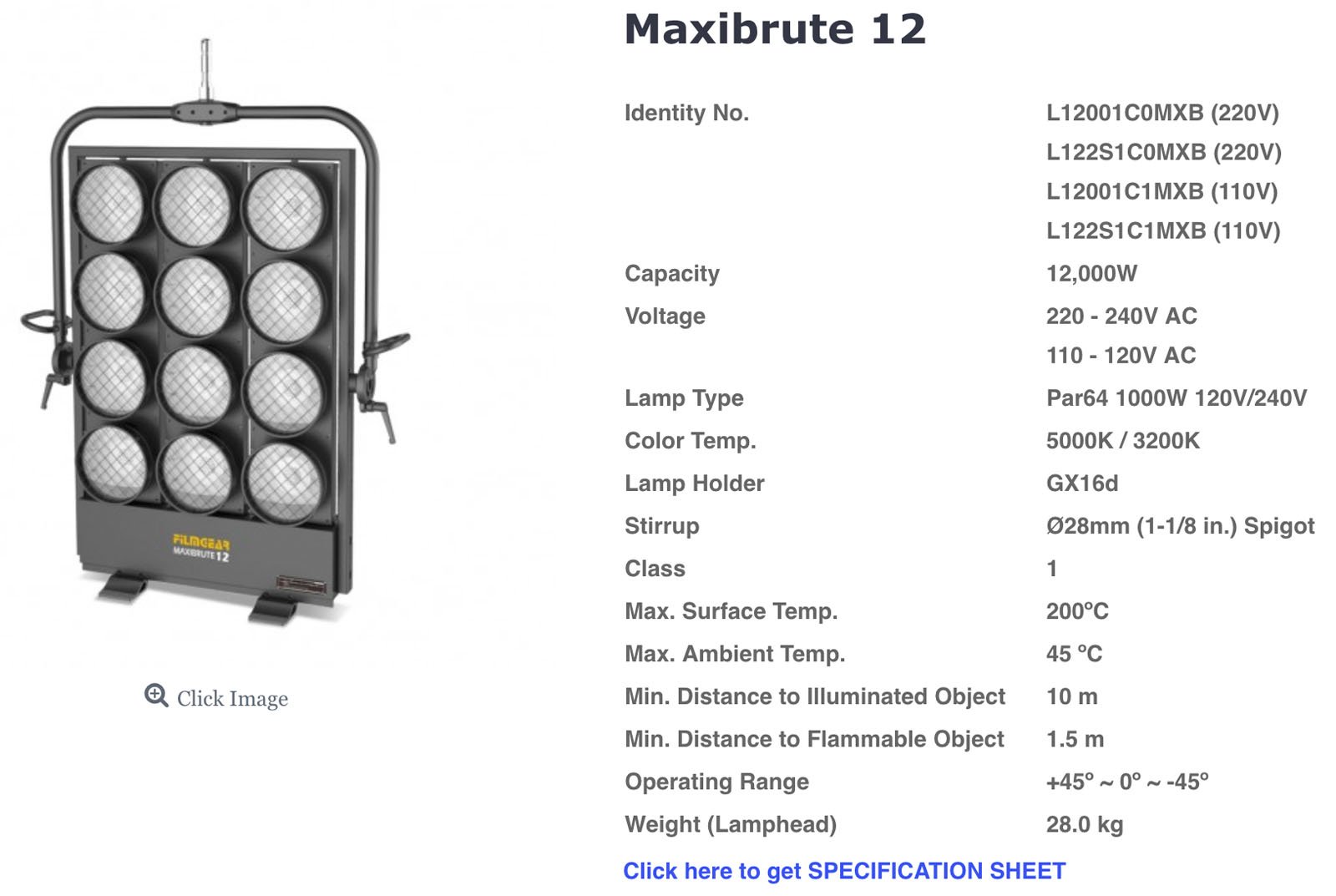Airplane Forced to Land After Windows Were Melted by Video Lighting
![]()
Photo and video lighting can get very hot, as evidenced by a near-catastrophic incident on an Airbus A321 that departed from London’s Stansted Airport on a chartered flight to Orlando, Florida.
After taking off and reaching nearly 15,000 feet of altitude, the flight’s passengers noticed that the cabin felt colder and was noisier than usual. Per reporting by Jalopnik, all nine passengers were employees of luxury tour company TCS World Travel. The chartered flight also included 11 crew members: three pilots, an engineer, a loadmaster, and six cabin crew. For reference, an Airbus A321 can comfortably seat as many as 220 passengers, depending on its seating layout, so it was very minimally occupied during the in-flight incident.
According to an incident report written by the Air Accidents Investigation Branch (AAIB) in the United Kingdom, the regulatory body found that the day before the flight, which occurred on October 4, 2023, the aircraft had been used for filming on the ground. The production lights shone on the aircraft’s sides were intense and hot enough to deform and damage numerous windows on the plane.
![]()
Fstoppers notes that the lights were Maxibrute 12 film lights and they were being used to illuminate the plane to make it appear like it was sunrise for a film shoot.

By the time the flight’s loadmaster had identified the cause of the noisy cabin, some of the craft’s window panes had already become displaced, and seals were coming loose. To avoid further incidents, the decision was swiftly made to return to London.
![]()
![]()
![]()
![]()
![]()
![]()
Visual examination by the AAIB determined that the plane’s windows had been correctly and properly installed but became deformed due to extended exposure to powerful lights. The structure of the A321’s cabin windows includes an inner pane, outer pane, and seal. The panes are made from a stretched acrylic material.
Concerning the external lighting, on-scene photos from the filming show that the lights were placed about 6.1 to 9.1 meters (20 to 30 feet) from the craft, which may sound like a significant distance but is below the flood light’s recommended distance. Per the AAIB, the light’s datasheet recommends that the lights be placed a minimum of 10 meters from the object to be illuminated.
![]()
The report concludes, “The windows appear to have sustained thermal damage and distortion because of elevated temperatures while illuminated for approximately four to five and a half hours during filming activity the day before the flight. It is likely that the flood lights were positioned closer than 10 m. Whereas in this case the damage became apparent at around FL100 and the flight was concluded uneventfully, a different level of damage by the same means might have resulted in more serious consequences, especially if window integrity was lost at higher differential pressure.”
The AAIB says it will continue to work alongside the aircraft manufacturer and operator to understand how a similar issue can be prevented in the future.
Fortunately, nobody was hurt, but it goes to show that lights, especially very powerful, bright ones, can be potentially hazardous. Photographers and videographers should always be conscious of their lighting setup and ensure that there is nothing flammable or easily damaged in the proximity, even if the stakes are typically lower than a large commercial airliner suffering a potentially catastrophic airborne emergency. Manufacturer guidance concerning minimum light distances should always be observed.
Image credits: Photos from the AAIB’s special report